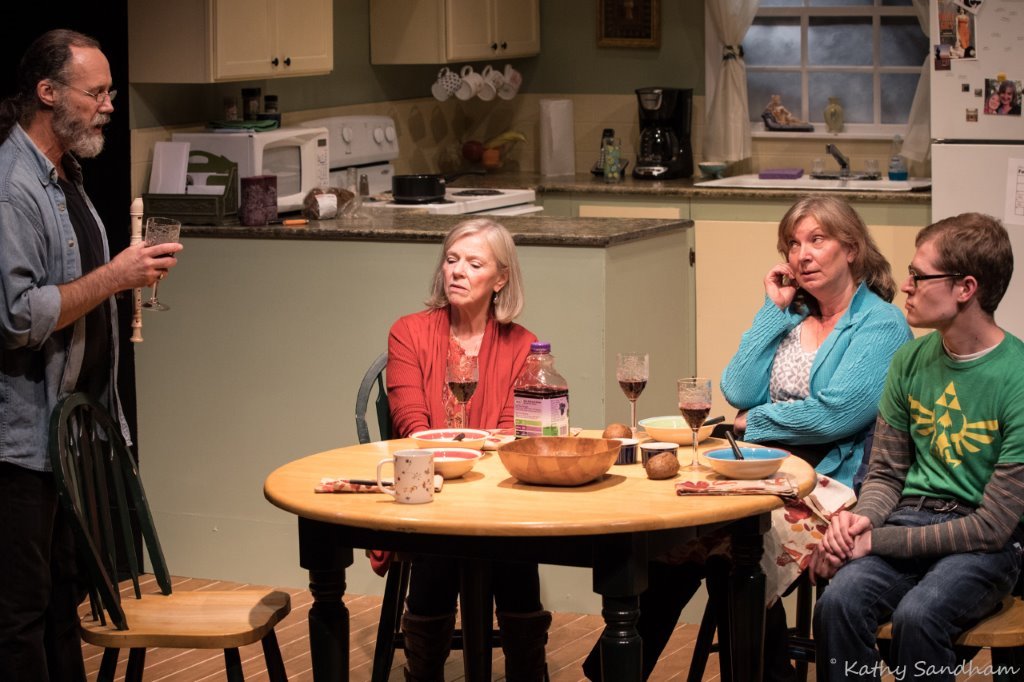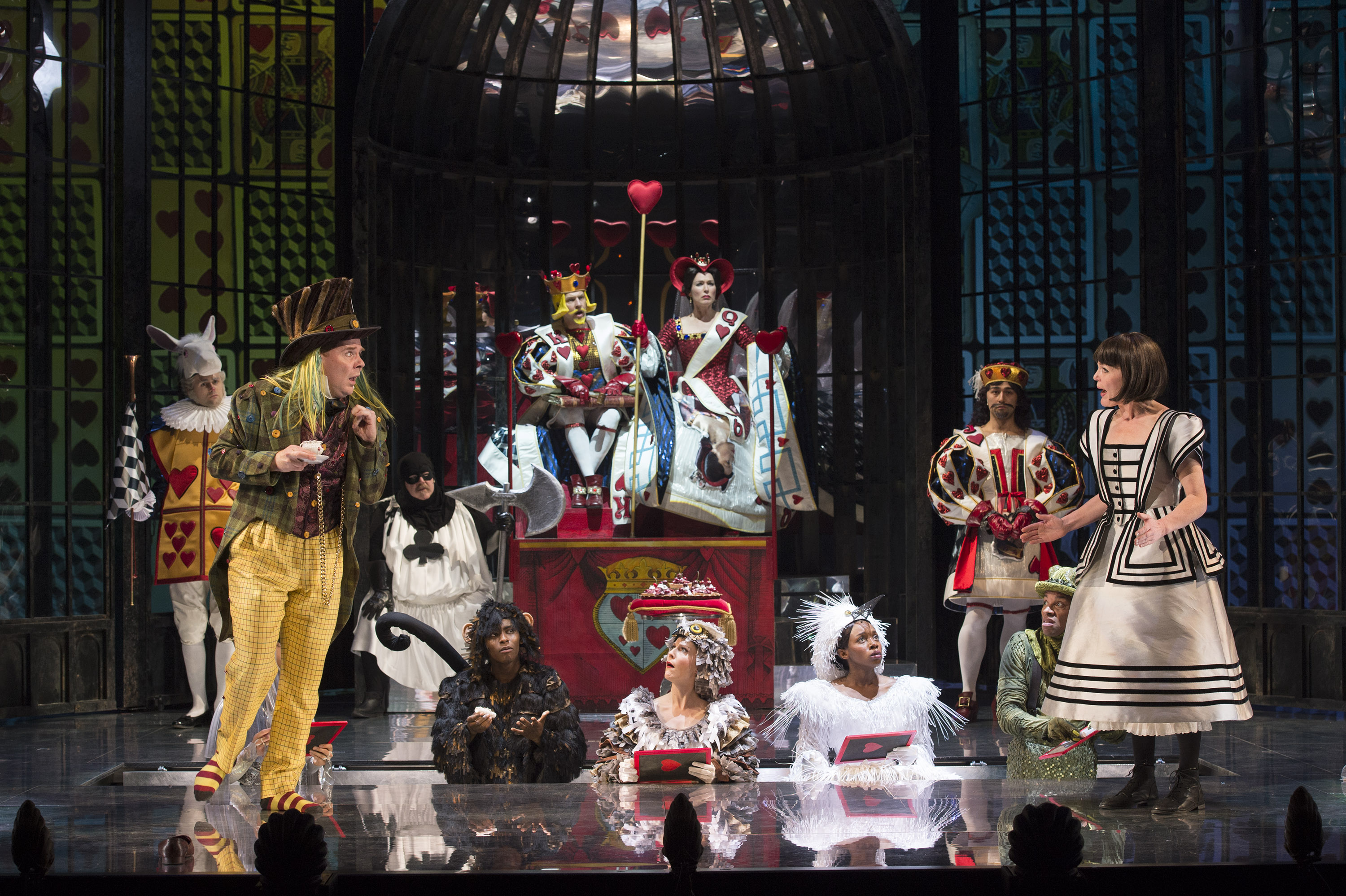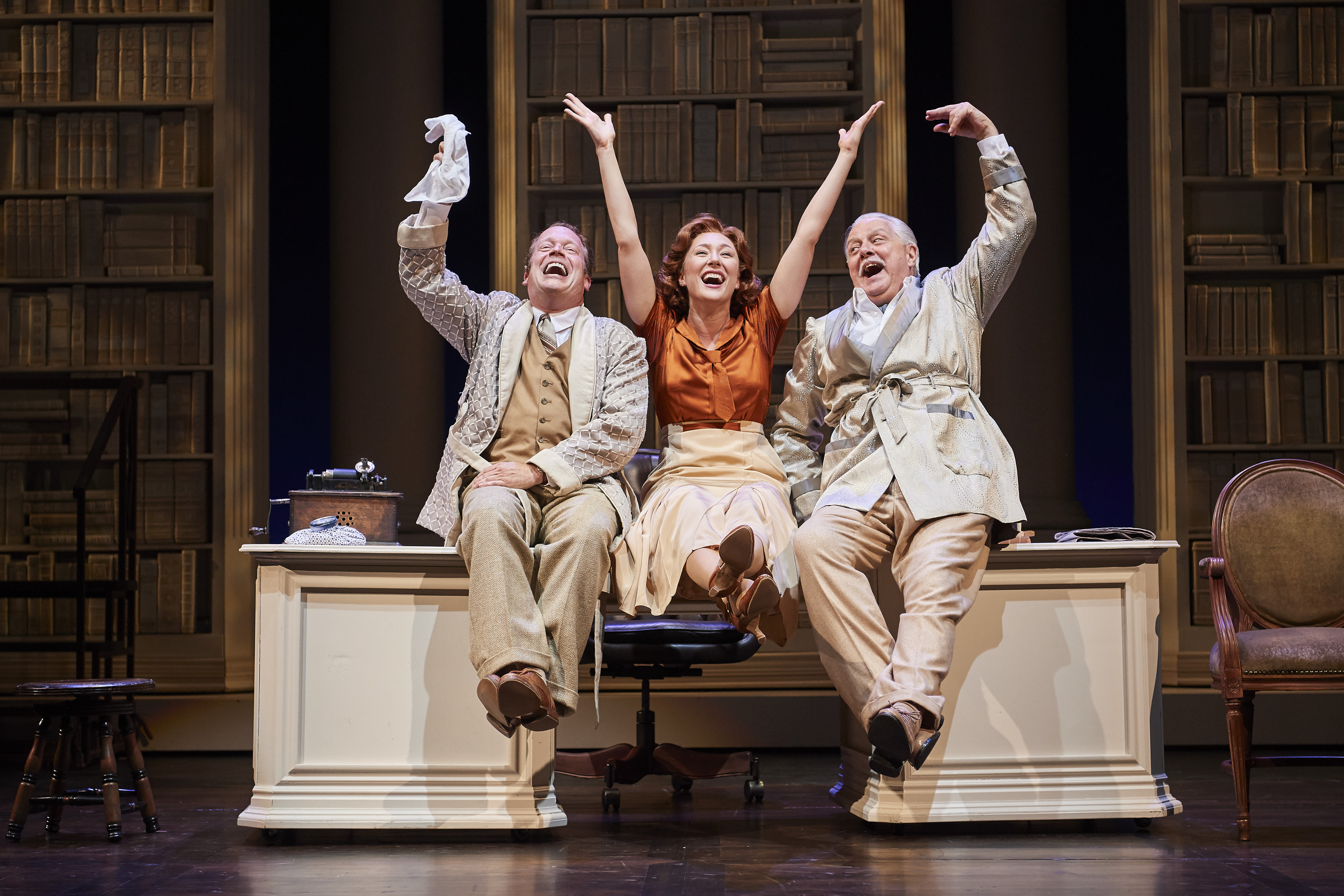‘Hair’ at Beck Center confirms the aging of Aquarius
By Bob Abelman
What a piece of work is “Hair,” Gerome Ragni, James Rado and Galt MacDermot’s patchouli- and pot-scented portrait of the 1960s.
In form and moving, how out of sync it is with the youth culture, social norms and political scene of the young actors – members of the Baldwin Wallace University musical theater program – performing in the Beck Center for the Arts production.
When the show opened on Broadway in 1968, it offered older, affluent theatergoers a taste of the music, drug-altered mindset, anti-establishment politics and sexual freedom of the long-haired hippies they’d been hearing so much about. “Hair,” in its day, pushed the envelope on the theater experience by benevolently invading the audience’s personal space, infusing the score with ear-ringing rock ‘n’ roll, and daring to be naked – physically and spiritually – while simultaneously offering a group hug.
The current production, under Victoria Bussert’s direction, valiantly attempts to give this receding ‘Hair’ a comb-over by finding parallels between the atrocities facing today’s world and the world of the ’60s.
On a large projection screen in the middle of an otherwise empty backdrop, above a large round platform on an otherwise empty stage, images of Black Lives Matter protests and Women’s Marches coincide with the anti-Vietnam war sentiments and songs that are at the very heart and soul of this musical.
But things get muddled when seemingly random images from the ’40s and ’50s also pop up on screen. And when the protest signs held by the actors – who by their own admission are living in 1968 – say “Dump Trump,” “I Can’t Breathe” and “Love is Love,” muddled turns murky, conceptually.
In the original Broadway production, the designers created the impression that a tribe of hippies had taken over the theater, settled in and claimed it as their own. No such pretense or any other explanation for why this tribe is here – wherever here is – is established by scenic designer Jordan Janota, lighting designer Russ Borski or video art designer Kasumi.
With no clear temporal or physical context, with the long hair lauded in the title song being token rather than normative among the players, and with the nudity exorcised from this production, a murky theatrical concept becomes a vague one.
What remains of this musical is 36 short songs accompanied by a wonderful six-piece orchestra located on the lip of the stage just outside the proscenium arch and under Matthew Webb’s direction. The songs tend to feature soloists, turning “Hair” into a Nighttown performance showcase for the 30 musical theater majors on stage.
The good news is that these performers are highly trained BW students who live, breath and bleed musical theater. They are extraordinarily talented, passionate and energetic in everything they do, and they adore each other – reinforced by fellow students in the audience, who scream approval whether it is warranted or not – which creates a love-fest of sorts in a musical that desperately needs one.
Everyone masterfully executes Martín Céspedes’ ’60s-style choreography, at its best and most plentiful during the musical numbers “Black Boys” and “White Boys.”
And they sing the stuffing out of each and every song, particularly “Aquarius” featuring Veronica Otim as Dionne, “Frank Mills” featuring Courtney Hausman as Chrissy, “Easy To Be Hard” featuring Olivia Kaufmann as Sheila, and “Where Do I Go?” featuring Chandler Smith as Claude – a central character who stands alone when it comes time to burn his draft card in protest. The rich harmonies and brief solos that members of the ensemble contribute to most of the show’s songs are astonishing.
As Berger, the tribe’s ringmaster and pied piper, Jacob Slater personifies the playful, carefree spirit of the era, though on opening night, his unbridled enthusiasm frequently interfered with his vocal performance of songs like “Donna” and “Going Down.”
Like “Rent,” a brave alt-rock and grunge musical that transplanted the Parisian bohemians of Puccini’s “La Boheme” to the grime of 1989 New York and tackled the defiant aftermath of the first wave of the AIDS crisis, “Hair” was a cultural phenomenon but is now a beloved relic.
Modern-day productions can no longer capture what made it relevant, riveting and revered, no matter how many hard-bodied triple-threats you throw at them.
“Hair”
WHERE: Beck Center for the Arts, 17801 Detroit Ave., Lakewood
WHEN: Through Feb. 25
TICKETS & INFO: $12-$31, call 216-521-2540 or go to beckcenter.org
Bob Abelman covers professional theater and cultural arts for the Cleveland Jewish News. Follow Bob at Facebook.com/BobAbelman3. 2017 AP Ohio Media Editors best columnist.
Originally published in the Cleveland Jewish News on February 10, 2018.
Lead image: The cast of “Hair.” Photo / Roger Mastroianni











